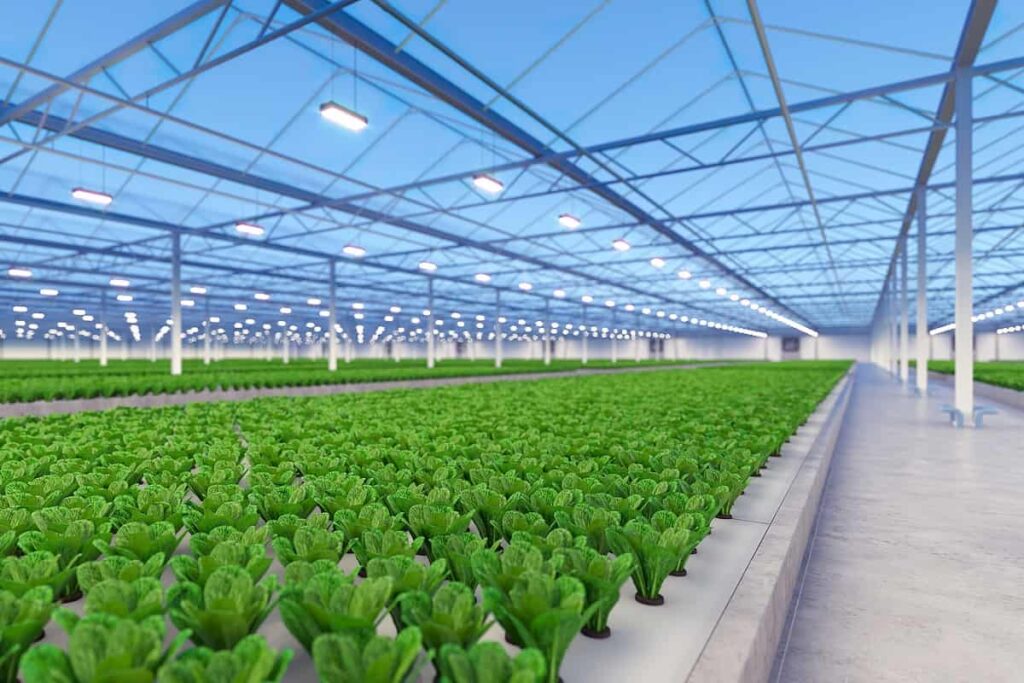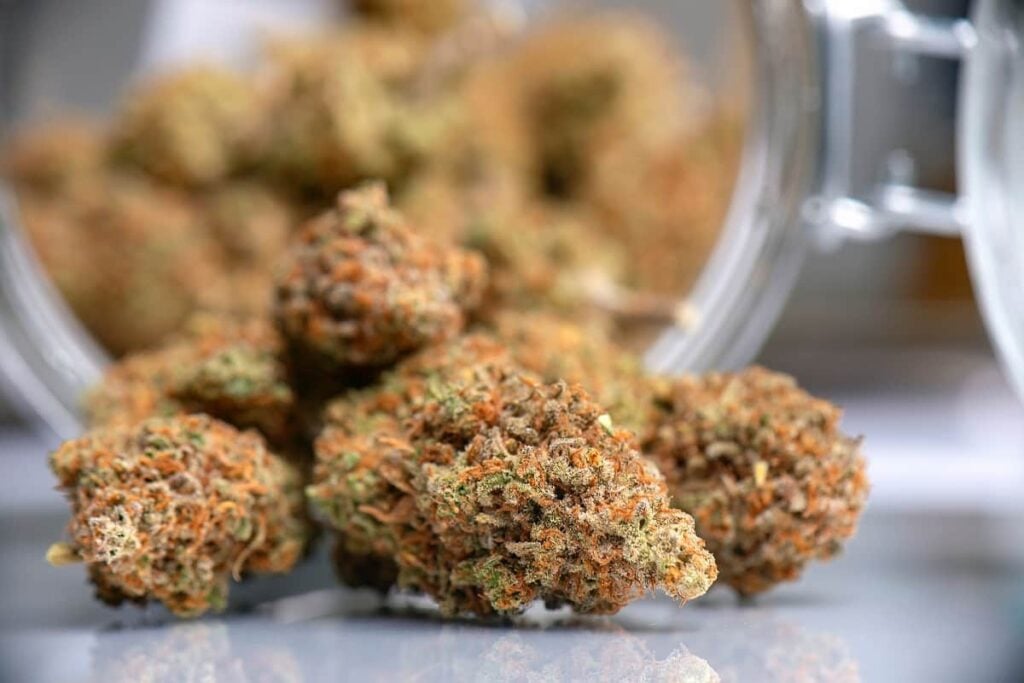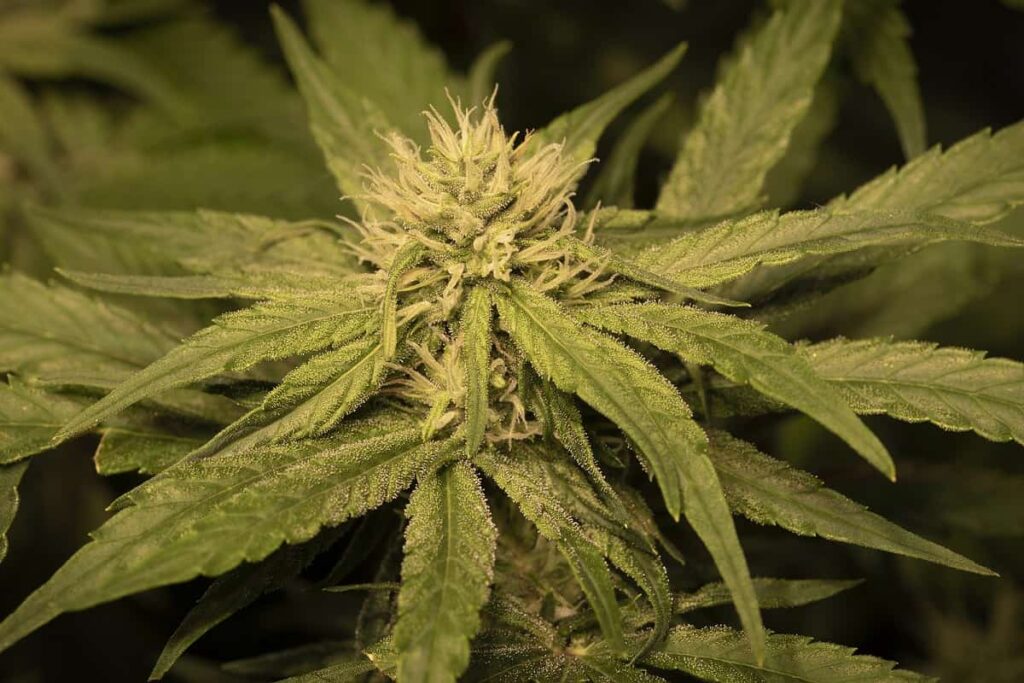The Best Marijuana Strain Ever Grown
Table of contents

It’s that time of the year again, a day many people look forward to celebrating. That’s right, it’s the last day of Lent. Holy Saturday. It’s a day full of traditions, one of which is to get stoned out of your gourd and eat lots of Easter candy. Today, we’re going to tell you a story about skunk buds.
If you’re an old school weed smoker, you remember what things used to be like before all these dispensaries started cropping up. You bought weed from a dealer. Not some guy standing on the street corner in the ghetto, but usually some blue-collar worker who kept a low profile and supplemented their income by selling cannabis. Whenever you placed an order, you never knew what you were going to get. There was rarely consistency between strains, and some were better than others. Everyone has stories of their favorite strain, but no strain can ever stand up to a Pacific Northwest strain called “Tupp.”
The name “Tupp” is an abbreviation from the word tupperware because this weed could not be transported anywhere without smelling like you were just sprayed by a skunk. People would often ask if you had been sprayed by a skunk because that’s exactly what it smelled like. Ask a “budtender” these days if they have “skunk bud” and they’ll pull out ten strains, not one of which smells like a skunk. Tupp was the original skunk bud, and the colas were so fluffy that half an ounce was about the same volume as an ounce of any other weed. When you bought an ounce, it was always about 5 or 6 massive colas all nicely placed in a container like this one.

Anyone out there who ever smoked tupp knew that it was one of the most premium strains ever created. The man who created it was a wealthy biologist – or was it a chemist – who lived in a sailboat and spent much of his life breeding hundreds of strains. Tupp was his magnum opus.
We’ve been to dozens of dispensaries doing “field research,” and we always inquire about true skunk buds. Nothing remotely resembles Tupp. What we were able to find were six Tupp seeds stowed away in an old storage bin that hadn’t been touched for twenty years. What we need to do next is grow some.
Growing The Best Marijuana Strain Ever

We can buy a Grobo and plant one of our seeds, but it’s not that easy. We need to know if the plant we’re growing is male or female. Most growers do this by waiting until a plant grows big enough to show telltale signs. Another option is to turn to technology for an answer.
Females vs. Males
There’s a whole rabbit hole you can go down looking at male plants vs. female plants but the simple explanation is that we need to identify if the plant we’re growing is male or female. We’re looking for a female. Odds are about 50-50 that we have three female seeds and three male seeds. One startup has developed a kit that lets you snip a leaf and quickly test it. Founded way back in 2008, Steep Hill Labs opened their first commercial cannabis lab in the United States in 2007. Since then, they’ve taken in just over $20 million in funding to open cannabis testing labs throughout the United States and worldwide. They’ve also developed a kit that lets you test the gender of a plant using four easy steps.
Once we’re certain our plant is female, we can then proceed to grow those beautiful fluffy skunk buds. Once we know we’re able to grow our product, we can then turn to another startup for the recipe.
Finding the Recipe
As the marijuana industry blossoms into billions of dollars, you need a competitive differentiator. People are trying to differentiate their brands through celebrity endorsements, like Seth Rogen’s recent foray into cannabis. Other brands are focusing on quality. One way to truly differentiate strains is by using genetics technology. There are companies today that can perform genetic profiles on weed, some of which we talked about in our article on the Benefits of Cannabis Genetics for Producing Weed. One of those companies has a database of strain types. It’s the perfect place to go register our strain and see how many relatives it has or doesn’t have.

We searched their database for mentions of skunk and found 25 strains that have been logged with skunk in the name. Sounds like a great way to protect your strain if you happen to have old seeds from back in the day that may be rare. If our seeds prove to be exceptionally rare as we suspect they are, then that’s something that can be proven and used to command a price premium. There’s also one other way we can prove that our strain is truly unique. We can find out what it is that makes Tupp smell exactly like a skunk.
What’s That Smell?
What gives those buds that lovely skunk smell are something called terpenes. One company is actually doing genetic research around terpenes in an attempt to better understand the differences between strains. Founded in 2014, Fort Collins, Colorado startup New West Genetics has taken in $500,000 to combine “traditional breeding and modern genomics to ensure stable, certified, seed-based hemp genetics.” One of the things they’re working on is “exploring the range of variation in hemp terpene profiles across diverse hemp cultivars.” A company like this could provide us with a terpene profile that could be used to competitively differentiate our strain against other brands.
Let’s pause for a moment to appreciate this amazing picture that we found while browsing the New West Genetics website.

People who are ahead of the game probably know what is coming next. Tools like gene editing mean that we should be able to start creating entirely new strains with designer characteristics. For example, one might measure the smell of a skunk and then compare that to the smell of any particular strain. Through the process of trial and error, you should be able to craft the smell of any particular strain in the direction you want it to go. It’s at that point where the availability of “rare strains” suddenly explodes. This all begs the question of how you can go about protecting your intellectual property, in this case, your strain. That’s a topic for another article, because much of that is still being debated. People can trademark fruit varieties, so why not strains?
Conclusion
Some of our industry contacts have extensive experience selling large quantities of marijuana in the Pacific Northwest from the mid-1990s through the early 2000s. They claim that most of the strains available in dispensaries across the United States seem to have very little differentiation compared to the varieties that used to be found on the black market. From what we can tell, none of the dispensaries out there are selling varieties like Tupp because nobody is growing them legally. It seems as if a very limited set of varieties have been legalized from roughly the same seed stock.
Let’s review the characteristics of a true skunk bud:
- Smells exactly like a skunk
- Light green with extensive crystallization
- So fluffy that it’s probably twice the size of your normal gram in volume
Again, we’ve spent the time to describe this in great detail to any number of budtenders who then reach for some “Super Skunk” or “Hawaiian Pineapple” strain without paying attention to one word we said. What we’re looking for is very specific, and the tell-tale sign is that it stinks so bad you can hardly contain the smell. If you have something that is exactly what we’re describing above, drop us a note and we’ll send one of our MBAs down there to check it out.
Sign up to our newsletter to get more of our great research delivered straight to your inbox!
Nanalyze Weekly includes useful insights written by our team of underpaid MBAs, research on new disruptive technology stocks flying under the radar, and summaries of our recent research. Always 100% free.


















Has tupp been discovered,reproduced, grown and or seeds available?
Well since the late 1990s / early 2000s, not that we’re aware of. The last seeds mentioned in this article were burned in a garage fire. Some old school black market players who work in Pacific Northwest dispensaries remember the strain. This year we met up with a guy who knew the grower who is nowhere to be found. It was absolutely the best cannabis ever grown and smelled exactly as if a skunk sprayed you. The buds were so fluffy that a half OZ looked like a full one. We posted this article in hopes of finding someone who can still find the strain on the black market. If you don’t know what a real skunk smells like, don’t even try to say you found tupp. That’s the only way you’ll know you found it.